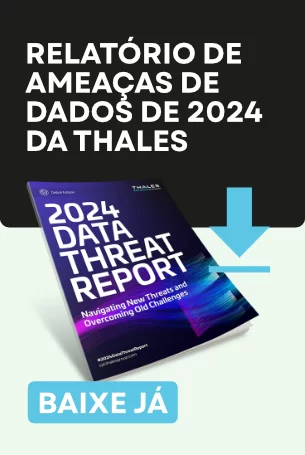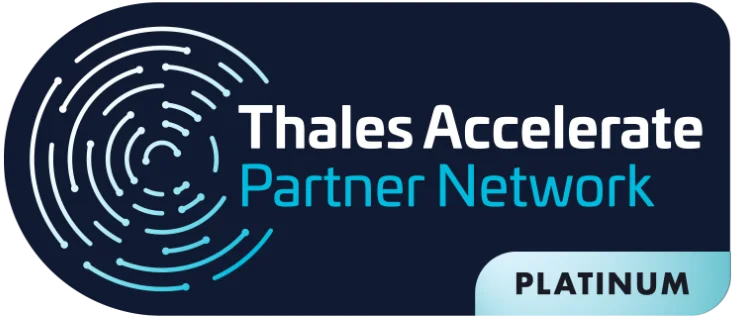Digital security has become a non-negotiable necessity, especially when it comes to environments where we carry out commercial and financial transactions. But how do you know if you’re really safe? Let’s uncover the signs that indicate safe digital environments.
Online banking and internet shopping are becoming even more popular. The concern for secure digital environments has also become more pronounced.
Internet banking platforms and e-commerces need to ensure that the exchange of data takes place securely, offering their customers the peace of mind of knowing that their data (such as credit cards and passwords) will not be intercepted.
So if you’ve ever wondered whether you’re safe when entering your data on a website or application, this article is for you.
The Cost of Carelessness: Why is the Quest for Safe Digital Environments Crucial?
Ignoring digital security isn’t just risky; it’s an open invitation to problems that can have devastating consequences.
We’re talking about risks that go beyond identity theft and financial fraud. Imagine having your reputation tarnished, your secrets exposed or your intellectual property stolen.
In a business scenario, the cost can be even higher, including legal fines and loss of customer confidence.
The Digital Crime Economy: A Growing Market
Digital crime is an industry in itself, earning billions annually. Your data, once compromised, can be sold on the black market for various purposes, from extortion to corporate espionage.
Therefore, the search for safe digital environments is also a way of not feeding this illicit economy.
For companies, complying with data security regulations, such as GDPR in Europe or LGPD in Brazil, is not just good practice, but a legal obligation.
Failure to provide a secure digital environment can result in severe penalties and reputational damage that can take years to repair.
The Value of Peace of Mind
Last but not least is the peace of mind that comes with knowing that you are operating in a safe environment.
Knowing that your information is safe allows you to concentrate on more important tasks, whether it’s closing a deal, making an online purchase or simply surfing the web.
How customers identify secure digital environments
In the case of online shopping, customers often choose large online stores or follow recommendations from people they know. This gives them the idea that they will be browsing in safe digital environments.
The shopping experience can say a lot about the reliability of an online store, but it doesn’t say everything, since some aspects can be fundamental when it comes to identifying whether that environment is really safe for carrying out this type of transaction.
SSL (Secure Socket Layer) is one of the most widely used ways of making digital environments secure, as it uses authentication to protect the content of the exchange of messages between customers/sellers, for example.
Characteristics of Secure Digital Environments
One of the first signs of a secure digital environment is strong encryption. Look for the padlock icon in the address bar and the prefix “https://” in the URL.
This indicates that the communication between your device and the server is encrypted.
Two-Factor Authentication: The Second Barrier
Secure digital environments often offer two-factor authentication (2FA). This adds an extra layer of security, requiring not only a password but also a second form of verification.
A secure environment is transparent about how your data is used. Read the privacy policy and make sure you are comfortable with it.
|
|
Where to Find Safe Digital Environments? The famous website locks
Websites and applications often display security certification seals. In addition, user reviews can provide valuable insights into the reliability of the environment.
When using SSL, the web server displays some characteristics that help the client identify its security, such as the famous padlocks on websites.
These padlocks are usually next to the URL, which can also help identify secure digital environments. After all, sites beginning with “https://”(Hyper Text Transfer Protocol Secure – note that the “s” is for security) indicate protected environments, and any transactions made on them will be encrypted.
Before carrying out any financial transaction on the internet, pay attention to these tips! In other words, look for the padlock and check that the URL starts with “https://”.
Secure environments are always being updated to combat the latest threats. If a website or application is frequently updated, it’s a good sign that security is a priority.
Digital Security is Your Responsibility Too
Identifying secure digital environments is the first step, but maintaining your own security practices is also crucial. Use strong passwords, keep your devices up to date and always be cautious.
Now that you are armed with the necessary knowledge, the search for secure digital environments will be second nature. Remember, digital security starts with you.
To check out digital certification solutions that guarantee secure digital environments, be sure to visit the Eval website.
About Eval
EVAL has been developing projects in the financial, health, education, and industry segments for over 18 years. Since 2004, we have offered solutions for Authentication, Electronic and Digital Signature, and Data Protection. Currently, we are present in the main Brazilian banks, health institutions, schools and universities, and different industries.
With value recognized by the market, EVAL’s solutions and services meet the highest regulatory standards of public and private organizations, such as SBIS, ITI, PCI DSS, and LGPD. In practice, we promote information security and compliance, increase companies’ operational efficiency, and reduce costs.
Innovate now, lead always: get to know Eval’s solutions and services and take your company to the next level.
Eval, safety is value.







